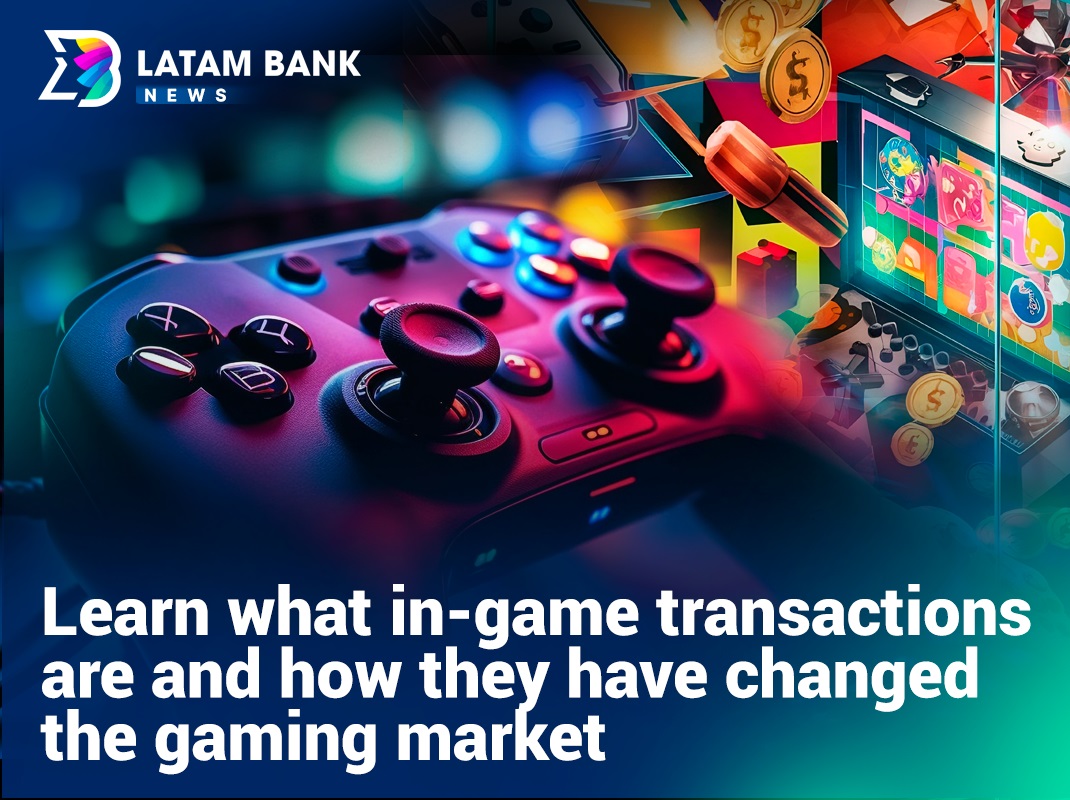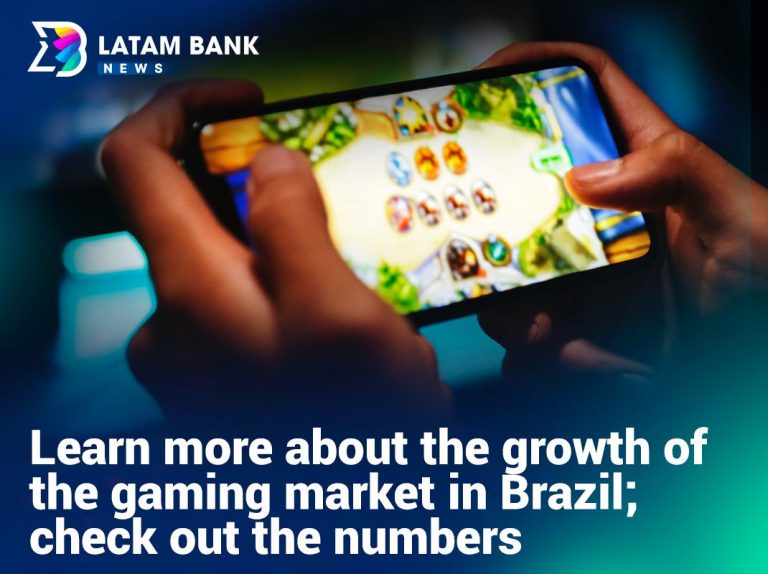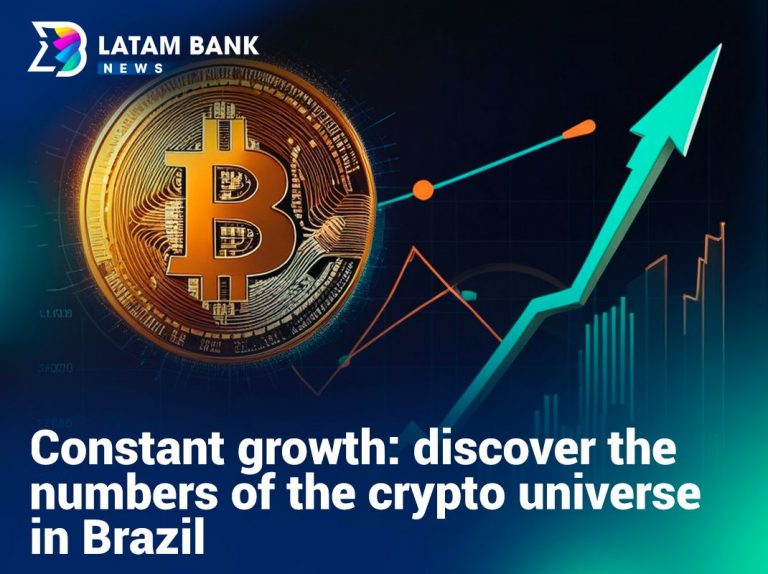In recent years, the electronic gaming market has undergone a significant transformation. Part of this evolution is linked to the emergence and popularization of in-game transactions, or microtransactions, a monetization model that has changed how games are developed, distributed, and consumed. As the gaming world experiences a period of growth, in-game transactions have also seen a surge in their role within the industry.
What Are In-Game Transactions?
In-game transactions refer to the purchase of items or advantages within a game, often acquired with real money to enhance the player’s experience, customize characters, unlock content, or progress faster, among other examples. These items may serve practical purposes or be purely aesthetic.
Interested in Gaming and Want to Join Latam Bank? Learn How
For cosmetic items, players purchase some form of personalization, such as skins, outfits, or accessories to use within the game. These items do not impact performance in the game and only serve to customize the experience. However, there are also functional items, such as extra lives or special abilities, which help participants advance in the game more easily.
Another popular type of in-game transaction involves additional content. After purchasing a game and exploring it to the fullest, players can buy expansions or new maps, for instance. This increases the possible time spent in a familiar universe they already enjoy. Depending on the game, players may also use real money to buy virtual currency, which can be used for various in-game functions.
The Origin of the Model
In-game transactions emerged in the early 2000s when developers began exploring new monetization methods beyond the traditional sale of physical game media. The popularization of this model coincided with the rise of free-to-play games, which monetize the experience through optional purchases. Another factor that boosted in-game transactions was the decline in physical media, as many games began being sold exclusively on online platforms.
The growth of these purchases among gaming enthusiasts is striking. According to the 2024 Comscore State of Gaming report, 82% of gamers in the United States made at least one microtransaction in free-to-play games the previous year. Research from Statista also shows how this type of transaction has rapidly evolved worldwide in recent years. From $54 billion in global revenue in 2020, the estimated amount for 2024 is $71 billion, with projections of growth to $74.4 billion in 2025.
Games like League of Legends, Fortnite, and Candy Crush are examples that demonstrate how microtransactions can generate massive revenues. This model has allowed developers to reach a larger audience since there is no initial cost for the player. This way, many people can try the game, and those who truly fall in love with the experience have the option to invest further through in-game purchases.
What Does This Change?
The popularization of microtransactions has several consequences for the game development market. The first point to consider is that studios previously earned revenue only from game sales, whereas now they can generate recurring income from a single player. This means that older, successful games can continue to be profitable for many years.
It has also democratized access to popular games. There are many options that do not require high-end computers or smartphones and are free to download. As a result, gaming has moved beyond being a niche activity and has become accessible to a much larger segment of the population. This trend is particularly evident in the mobile gaming market, which has seen a rapid increase in players.
However, in-game purchases have also brought what many view as a negative aspect. Some free-to-play games rely exclusively on monetizing microtransactions, drawing criticism for practices known as “pay-to-win.” This term refers to games that offer disproportionate advantages to paying players or make progress difficult for non-paying players, compromising the overall experience.
Conclusion
In-game transactions represent one of the most significant changes in the gaming industry, profoundly altering various aspects of this universe. They have transformed the market by making games accessible to a broader audience and allowing developers to maintain continuous revenue streams. However, this model also poses challenges, requiring regulation and ethical practices to ensure a fair and balanced experience for all players.





